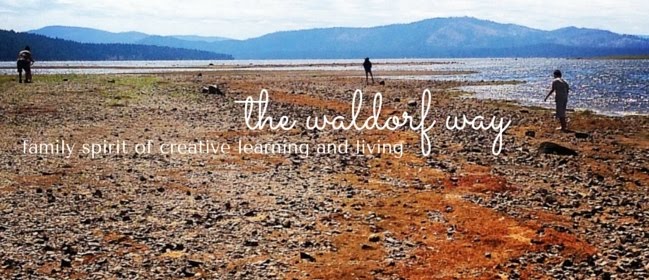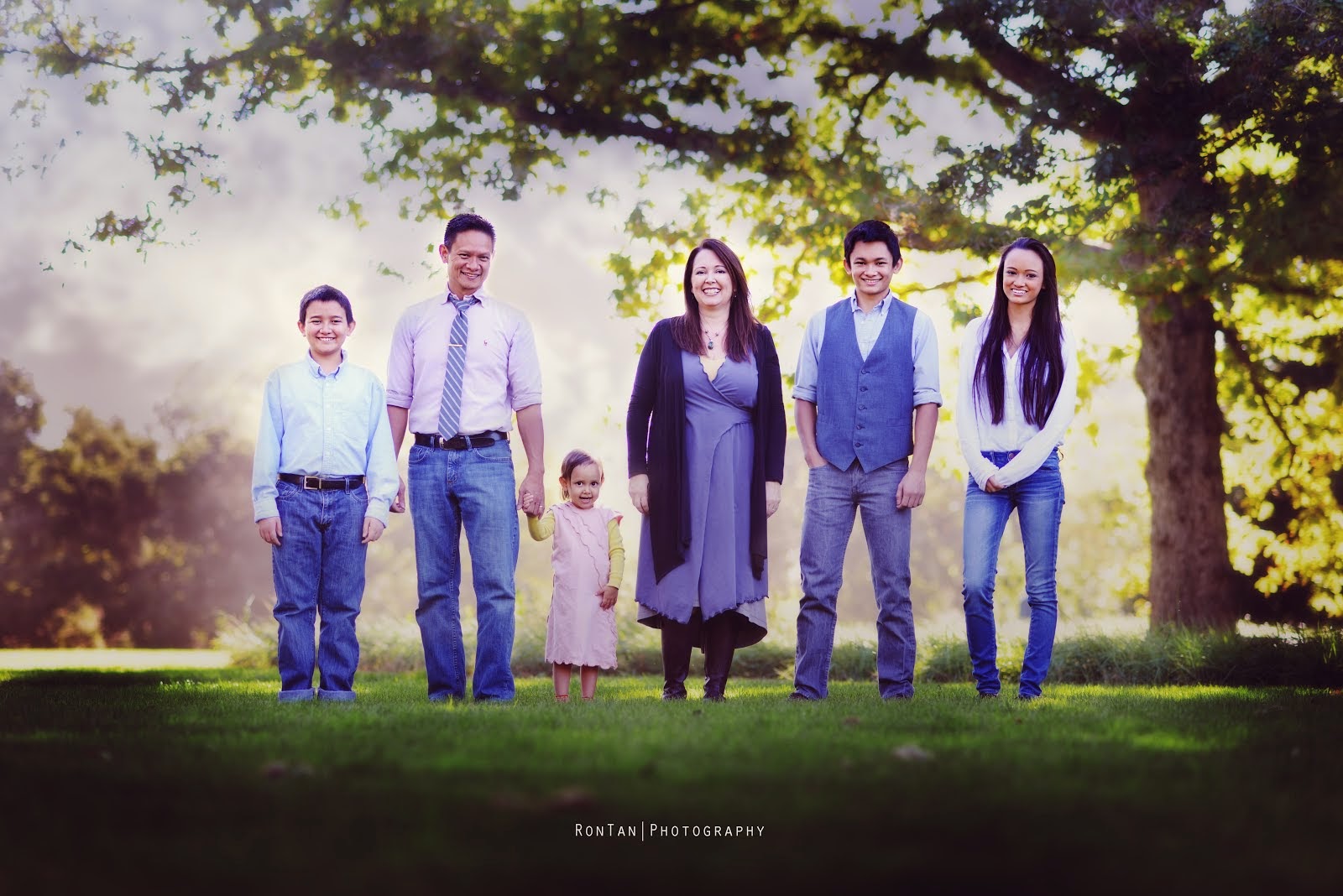and the snail goes to...
The title suggests a competition (I just liked the homophone!), but our first verse-writing give-away was really a way for my readers to have an outlet to express their Inner Poet! Heartfelt, genuine, ethereal, clever, brilliant, inspiring, poignant, personal, funny, bold, and expressive. Thank you to the FOUR who submitted a verse for me to post on this fine Saturday morning -- we all win as we are graced by your creative striving, but alas, only ONE receives the syrendell snail.
The snail is given to Diana. Congratulations! You can find Diana on her blogsite
My Artemis Moon. Here is Diana's verse entry:
My dearest little one
so fiercely growing
willing yourself your brother's equal
and yet the years between you remain.
Constantly striving to reach out beyond
the footsteps that have gone before you
There will come a time
when you forge out on new paths
spaces and places where none before trod
but for now feel the joy and the wonder of childhood
our love here will hold you and carry you on
till it's time for your own paths
and destiny's journey
and your love here from family
will light the path home.
Beautiful, wonderful all, here are the other verses.
From Hallie, she wrote about her verse entry titled Summer Rain, "I originally wrote this for MY best friend but now often think back to it when I see my daughter with her best friend...ironically playing in the rain!"
I remember hot summer rains
When I played with my very best friend
Under umbrellas and pretended
We were sisters
We played dolls on her porch
And it rained all around us
So puddles grew great
Just waiting to be jumped in
We had our favorite lunch
Of macaroni and cheese
And we pretended we were in
The nicest restaurant ever
When we grew tired of our game
We took our socks and shoes off
And ran around in the rain
Still wishing we were sisters!
From Angela (and Ruth and Bea), she writes, "I love my children - a quick poem about my three little ones and how they've been instructing me in savoring the moment and learning to be silly once again."
I see in you
the parts of me I had let fade away
but am rediscovering, rekindling -
drawing back to myself -
by being in your presence.
Mothering you
is a second chance -
to see things as you see them -
to find joy in simple moments.
"Oh, and my 6 year-old Ruth's contribution - she chose to write a poem about her sister, Bea, who is 4."
Bea is sweet
Bea is kind
Bea is more gentle
than anyone you can find.
"Okay, and now Bea says she wants to make up a poem about Ruth."
Ruth is nice
Ruth is sweet
She's sweeter than a sugar beet.
From Suzane, her verse titled The Unfolding, is about Rudolf Steiner, "his philosophy speaks to us as parents and I could not think of anyone who has made such a difference to our living. My verse is about how my life with my children has grown through the Waldorf way."
As the Seasons of learning unfold before me,
I am taken by its splendor.
As I am guided through my human life,
I awaken to the needs of my children.
Rudolf Steiner spiritually inspired by masterful thinking
has taken hold of my mind.
Like the dawn awakens my soul from slumber.
Something wonderful has begun.
I am Like a watered seed
emerging towards the light.
I have been given a tool, a treasure to share.
I must use it wisely.
To see my boy when ready,
with burning desire to read
is warming.
I am glad we waited.
Little hands that touch and mould
exploring with nature.
Fingers that paint and fiddle with instruments.
The gift of a picture and heavenly music.
Minds that expand , knowledge yet untold.
No limits to learning here with my fold.
Knowledge has given power to the learner here.
Our philosophy a road worth the travel.
To Hallie, Angela, and Suzane, who did not receive the give-away snail, I am offering a syrendell snail at a 20% discount from the listed price on the
Syrendell.Etsy shop. To all the verse entrants, again Thank You!





 biking on the American River bike trails
biking on the American River bike trails


 an overnight camp-out on the backyard deck
an overnight camp-out on the backyard deck















 The Summer Waldorf Teacher Training Program is a four summer program designed for students who have other obligations during the year whereby the five-week summer session allows for some flexibility. The program emphasizes a practical approach to allow students who may be Waldorf teachers to apply the knowledge in their classrooms. The program balances the course schedule with self-knowledge inner work, which is key to the Waldorf principle. Go visit
The Summer Waldorf Teacher Training Program is a four summer program designed for students who have other obligations during the year whereby the five-week summer session allows for some flexibility. The program emphasizes a practical approach to allow students who may be Waldorf teachers to apply the knowledge in their classrooms. The program balances the course schedule with self-knowledge inner work, which is key to the Waldorf principle. Go visit 





